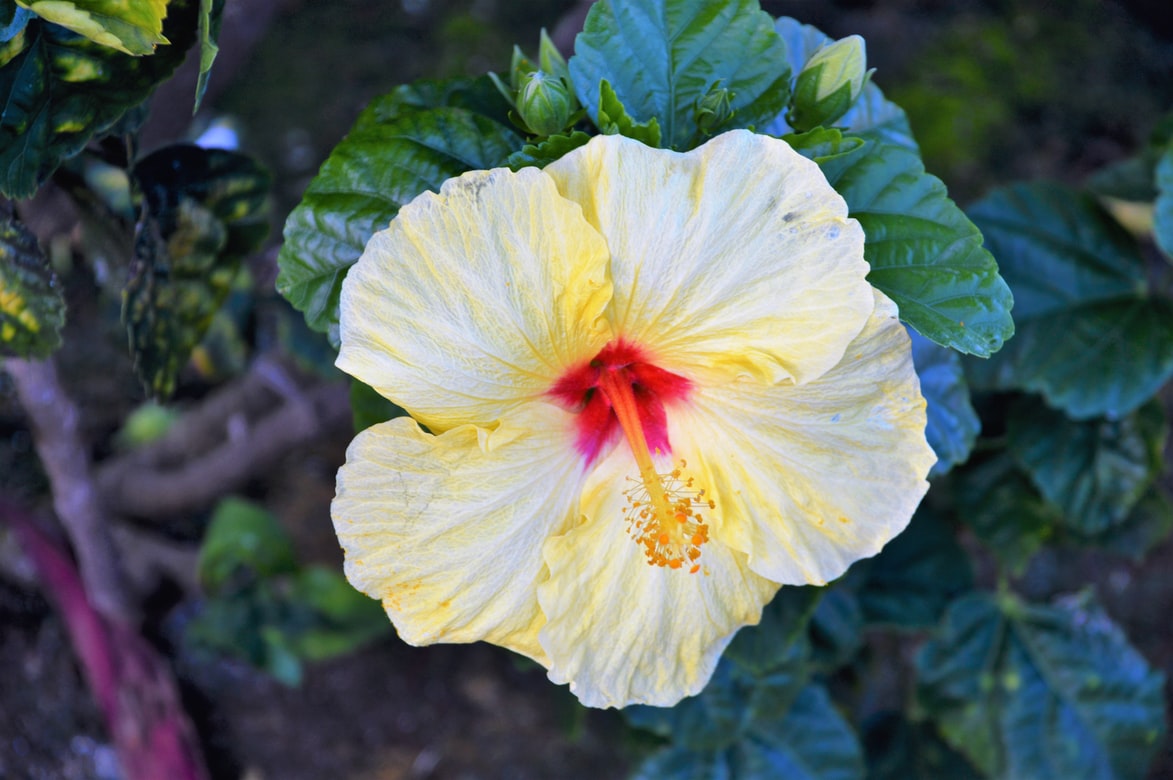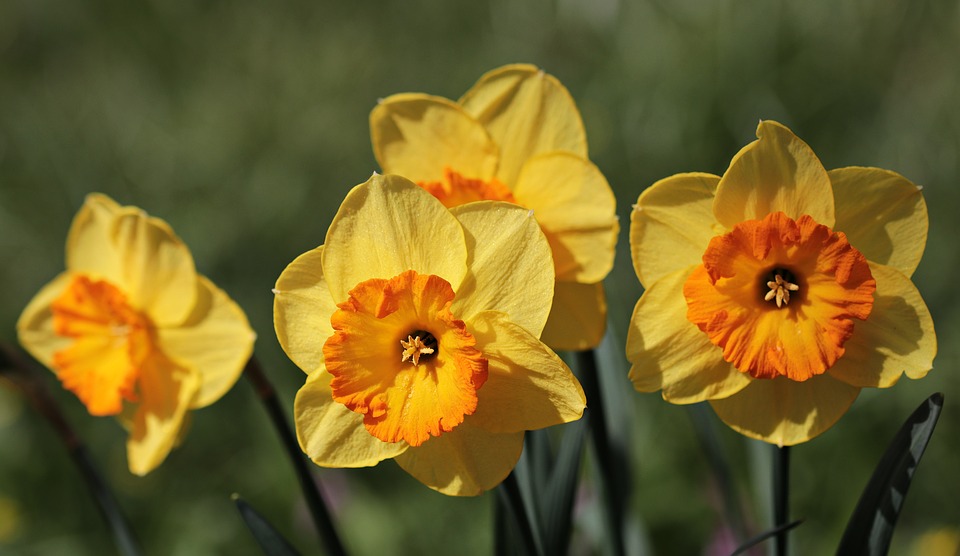Lilacs are one of the most common flowers that pop up in parks and gardens every spring. The aroma is very distinctive and easy to recognize; it becomes intense when the plant is nearby and spreads quickly through the environment. Along with this scent they give off, the common feature of the different varieties of lilacs is the small size of the flowers they display each year during the spring months. Although it is a common plant in public green spaces, it is also possible to keep it at home if you have a garden or terrace, as they are easy to care for.
Characteristics of Lilacs
Although everyone knows them as lilacs, their scientific name is Syringa Vulgaris, the common species that we can observe in the vast majority of gardens. It is essential to clarify that there are several rare but challenging varieties. This plant’s origin is in the Balkans, although it spread throughout the European continent and the rest of the planet during the seventeenth century.
It looks like lilacs bloom on a small tree, but they do so on a deciduous shrub called lilo. Green and with a pointed finish, so are the leaves that accompany them each season, renewing themselves along with the flowers. These can be pink or white, symbolizing love, while white lilacs are more related to innocence or purity.
As for the size, it is normal for the bush to reach a height of between 1 and 5 meters, although it all depends on the variety in question. It is a durable plant that remains strong for years, although it is still necessary to give it a series of care to make it as healthy and beautiful as possible.

When To Plant Lilacs
One of the fundamental aspects of growing a plant is to take into account the ideal time to sow, as this will determine its future and proper growth and flowering. In the case of lilacs, the most suitable time is autumn, because then you will have radiant and elegant flowers the following spring, while if you sow in the next spring, you will have to wait a whole year to see them bloom. The soil should also be well fertilized, and it is recommended that it be clay or alkaline.
It is essential to leave a few feet between them and the seed, as they are shrubs that need a lot of space in between and a good amount of water during their growth. However, and for the most impatient, it is also possible to buy the plant directly, saving the whole growing process. With an excellent wide and large pot, you can keep the plant on a terrace, not just in the garden.
Lilac Care
Although most lilacs can withstand the periods of drought that are so common today, they must always be hydrated, so within their care, they need to be watered often in the driest seasons, especially during the first two or three years. Something similar happens with light because although they can easily tolerate the lack of brightness in the fall and winter months, they must be in places where they get a lot of sunlight. After all, they need it.
It is also vital to keep the shrub pruned for excellent flowering. The stems that are usually removed are those that are too thick or that suffer from some disease. It is also essential to remove the dried flowers every year, to promote the plant’s growth and its rejuvenation in the following spring.

Uses
One of the primary uses currently given to these flowers is the production of perfumes and colognes. We can have a spring-like and fresh feeling throughout the year thanks to the extraction of the essence, which is also used in various beauty treatments.
As for this plant’s medicinal properties, the flower can be used to prepare herbal teas that fight diarrhea, poor digestion, or even a heavy stomach. Similarly, its flower’s essence has always been widely used to prepare body oils to reduce muscle, bone, joint pain, and even lower fever.
Do you also grow lilacs in your garden? Share your tips with us in the comments below!



